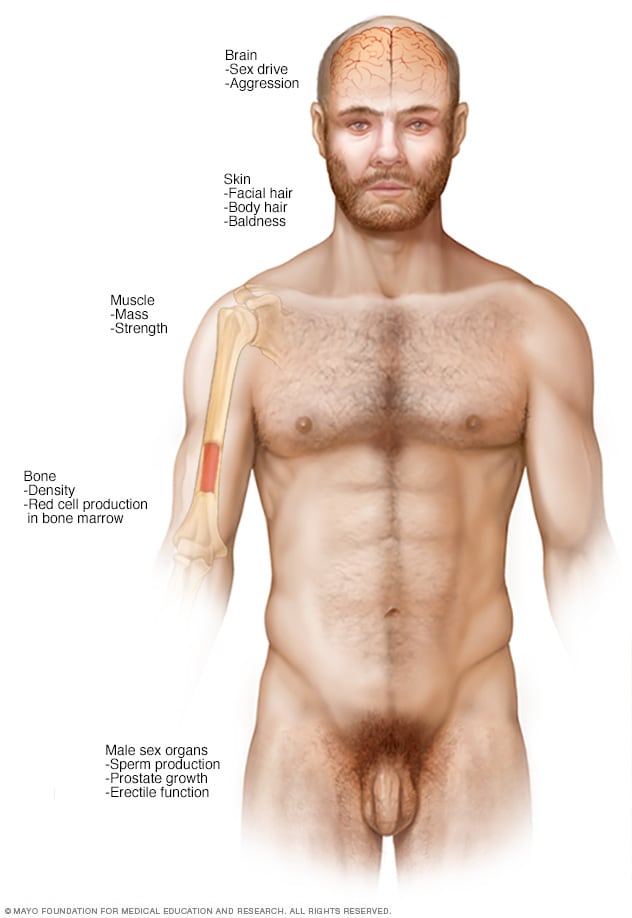Pain in Leg - Common Causes and Treatments

If you're experiencing pain in your leg, you're not alone. It can be a symptom of several conditions, including Diabetic neuropathy, alcoholism, and Chronic exertional compartment syndrome. However, some tips can help you deal with the pain and ease your symptoms. The best thing you can do for yourself right away is rest. This will help you heal the injury and reduce the discomfort caused by the pain. If you cannot rest your leg, you can try an over-the-counter pain reliever to help you deal with the pain. Another helpful method is ice. Ice can be applied to the affected area for fifteen minutes.
Diabetic neuropathy
Diabetic neuropathy can cause painful leg soreness. A doctor can prescribe medications to control the condition and lessen the pain. The treatments may include adjusting your diabetes medications or lifestyle changes.
Alcoholism
If you experience chronic pain in your leg, alcoholism may be to blame. Alcoholism damages the nerves in the legs, causing symptoms such as numbness, muscle weakness, and pain. The condition is also known as alcoholic neuropathy. It's not known why alcoholism causes pain in the leg, but it's usually the result of a breakdown of the axons and their protective sheaths, which are necessary for the nerve's proper function.
Diabetes
If you have diabetes, you may be experiencing pain in the leg. This is the result of poorly controlled blood sugar levels. High blood sugar damages the tiny capillaries that carry blood to the nerves. This causes the painful sensation in the leg and foot of a person with diabetes. This condition increases peripheral arterial disease risk and may indicate an infection.
Chronic exertional compartment syndrome
Chronic exertional compartment syndrome is a painful condition in the leg caused by a muscle disorder. It is usually caused by prolonged and intense physical activity, such as running, and it is reversible with rest. The disorder is caused by abnormal pressure within muscle compartments held in place by the inelastic tissue known as fascia. The presence of excess muscle pressure in a compartment can decrease blood flow, leading to damage to nerves and muscle cells.
Cystic adventitial disease
Cystic adventitial disease (CAD) is a non-atherosclerotic artery or vein compression condition characterized by pain in the leg. It usually affects the popliteal artery but can also occur in the external iliac artery and radial artery. Its aetiology is unknown, but the condition is associated with claudication, intermittent claudication, and acute limb ischemia. It predominates in men. The condition is rare, accounting for less than one per cent of lower extremity claudication in patients with no known atherosclerotic risk factor.
Herniated disc
Pain in the leg is often a sign of a herniated disc in the lower back. The disc can squeeze the sciatic nerve and cause weakness in the leg. This can lead to a more severe condition. Another symptom is numbness in the affected leg. If the herniated disc is in the cervical spine, it may also cause numbness in hand.
Popliteal artery entrapment
Popliteal artery entrapment is when an artery in the leg becomes trapped by a calf muscle. During a magnetic resonance angiography test, researchers can see if the artery is trapped. They can also see if the artery is narrowed. Patients may be asked to press their foot against a board or flex it during the test to evaluate the condition better.
Sciatica
Sciatica is a common condition characterized by leg pain and weakness. It's caused by compression or irritation of the sciatic nerve. This nerve originates from the lower spine and extends down the buttock and leg. Inflamed, it becomes ineffective at relaying motor and sensory information. The pain can range from mild to extreme and affect all leg areas. It can also cause numbness and weakness in the leg. It's excruciating when the patient is sitting or bending at the spine. In severe cases, it can even affect the foot.



